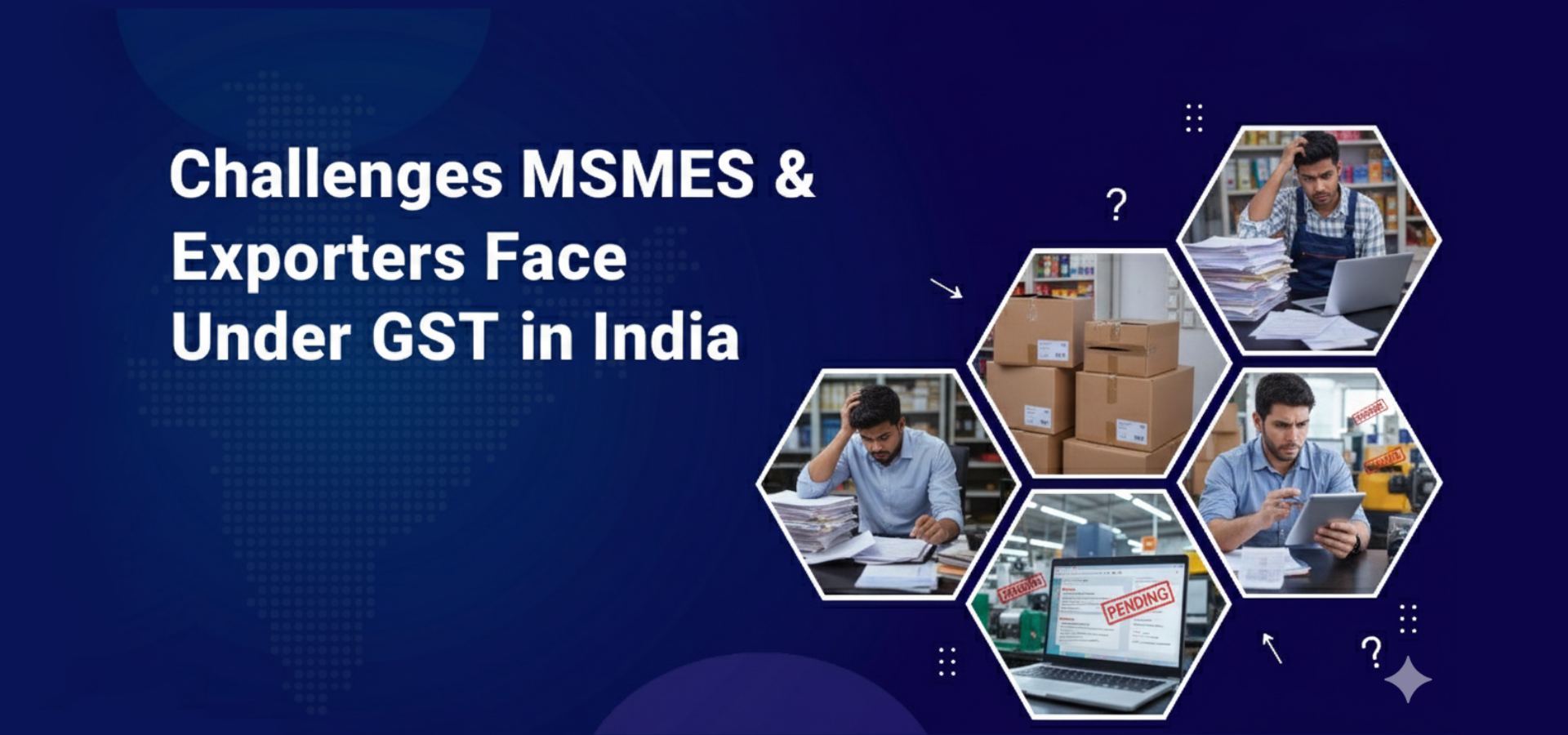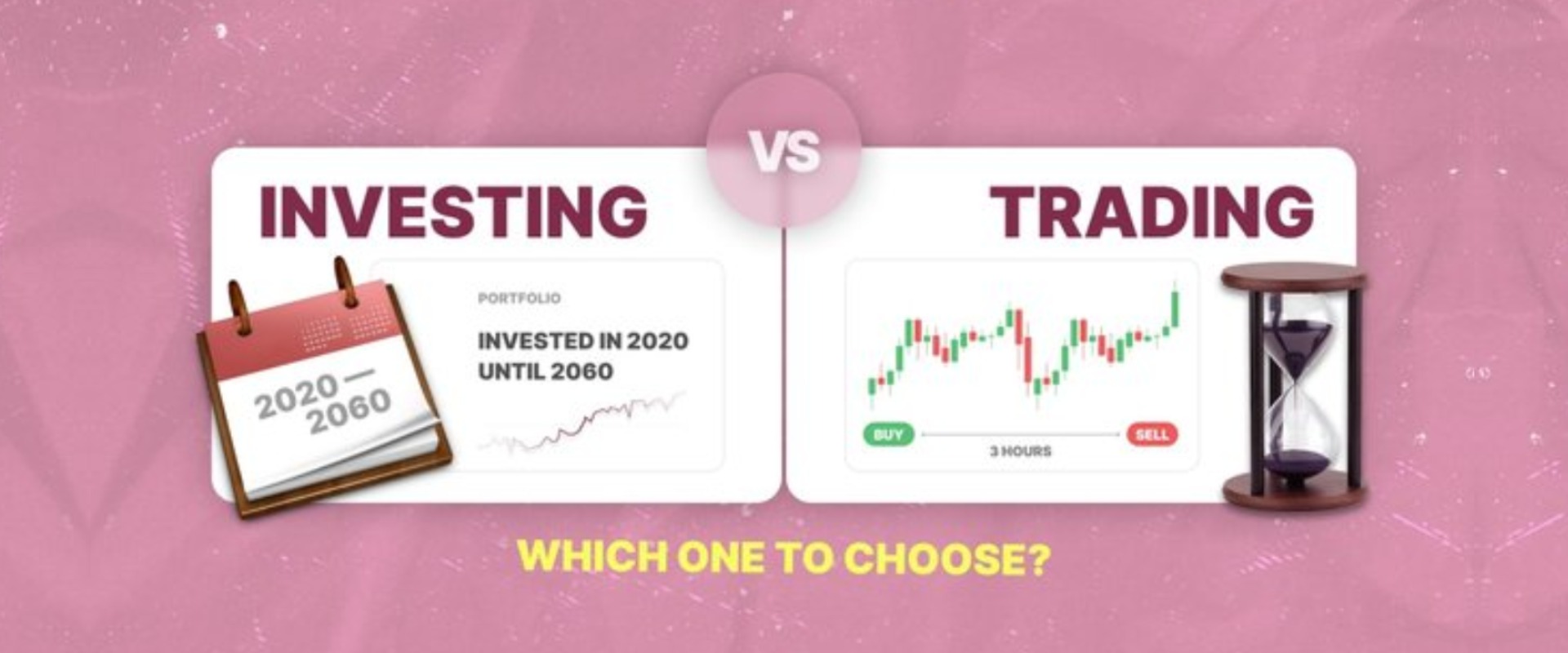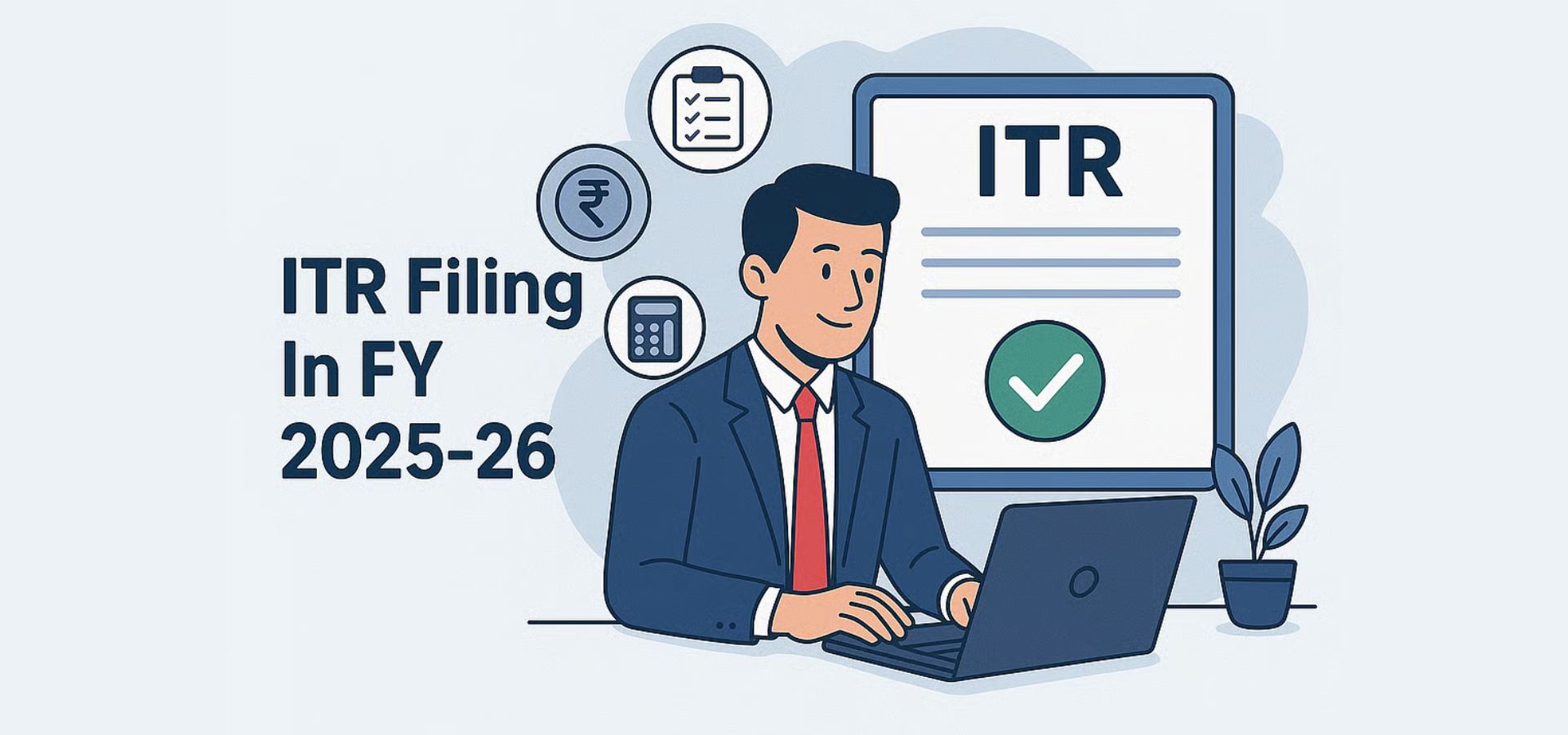
India’s GST system was created to simplify taxes and make business easier. In theory, it replaces multiple taxes with one system. But for small businesses (MSMEs) and exporters, GST often feels confusing and stressful.
Why GST Feels Complicated
Small businesses and exporters struggle with:
- Too many returns to file – GSTR-1, GSTR-3B, e-invoicing, e-way bills, and annual reconciliations.
- Refund delays – Exporters often wait months for IGST and Input Tax Credit (ITC) refunds.
- Multiple registrations – Businesses operating in several states need separate GST registrations, which increases cost and paperwork.
- Changing rules and classifications – Frequent GST rate changes or confusion over product codes create disputes and penalties.
- Digital challenges – Rural and semi-urban businesses may lack stable internet or tech knowledge.
“We received notices to pay 18% GST on government grants. It’s confusing and discouraging for small start-ups like us.”
Key Issues in Simple Terms
1. Filing Returns Is Time-Consuming
Small businesses spend hours managing returns instead of focusing on growth. Multiple filings and documentation requirements can feel overwhelming.
2. Refund Delays Hurt Cash Flow
Exporters wait for IGST and ITC refunds. Delays affect production, working capital, and ability to invest in business.
3. Taxes on Raw Materials vs Finished Goods
Some sectors pay more GST on inputs than on products. This “blocked credit” increases production costs.
4. Frequent Rate Changes
Sudden GST rate changes can force businesses to change prices quickly, upsetting customers and causing disputes with authorities.
5. Limited Access to Technology & Advice
Small businesses in smaller towns may not have accounting software or professional tax advice, increasing errors and stress.
Voices from Experts & Parliamentary Recommendations
The government and industry experts suggest:
- Simpler filing for MSMEs – Fewer forms and easier automated filing.
- Faster refunds for exporters – Clear timelines and status updates for refunds.
- One ID for multiple registrations – A single GST portal login for all states.
- Audit and penalty reforms – Minor mistakes should not lead to big penalties.
- Use of AI and tech tools – To predict compliance issues and speed up refunds.
Real-World Concerns
- Trade bodies suggest fewer GST slabs – e.g., merge 12% into 5% or 18% to simplify tax structure.
- Apparel industry fears – Proposed GST hike on garments over ₹2,500 could reduce sales and exports.
- Pharma & medtech sectors – GST changes can tie up working capital and reduce financial stability.
Extra Challenges for Exporters
- Complicated export incentives – Schemes like Duty Drawback, RoSL, or SEIS are still not fully integrated with GST.
- Incorrect filings – Can lead to rejected refunds and lost incentives.
- Unpredictable planning – Frequent classification changes make long-term business planning hard.
Conclusion
GST was meant to simplify taxes, but for MSMEs and exporters, it often feels like a maze. Simplified compliance, faster refunds, and clearer rules are essential to help small businesses grow.
If GST works better for MSMEs, India’s backbone industries can thrive, and exporters can compete globally.







